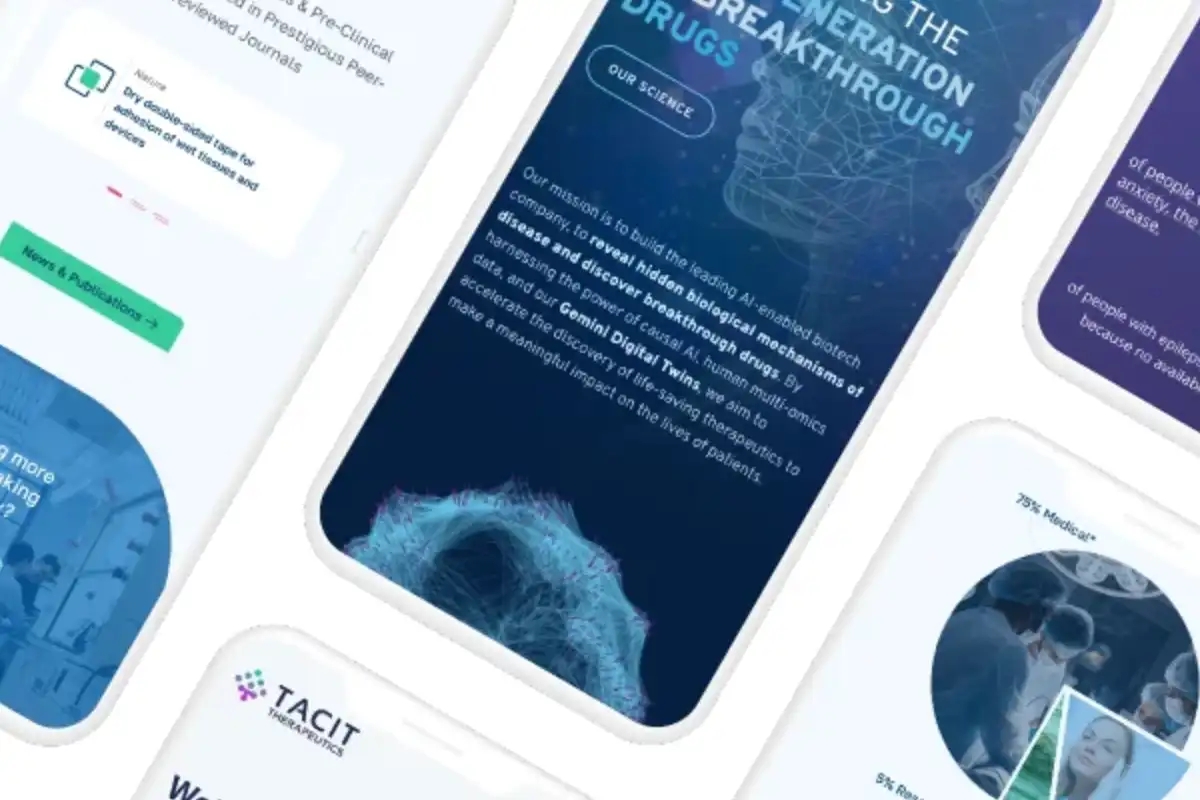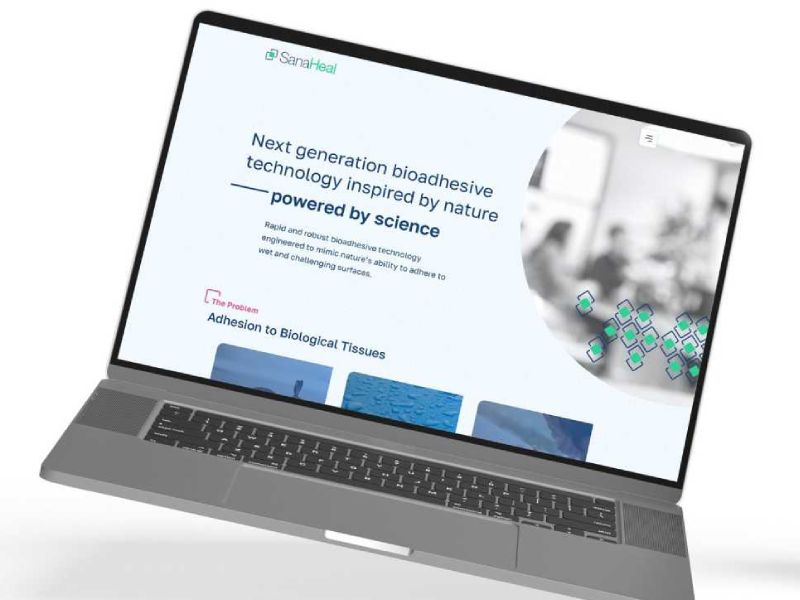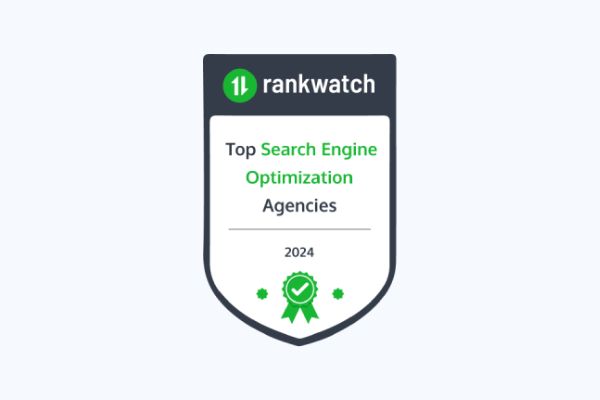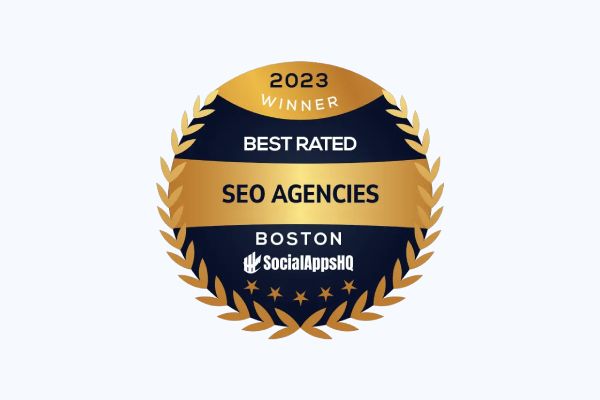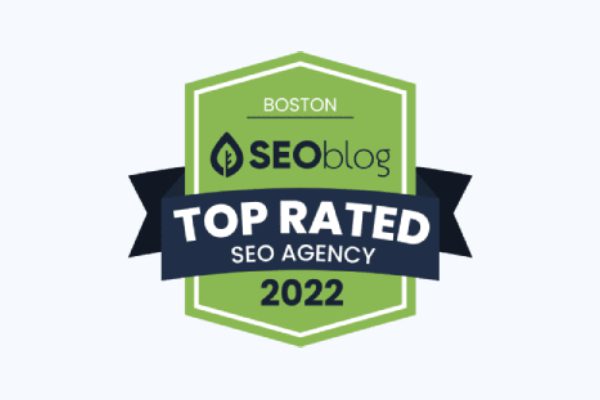Top SEO Metrics Your Digital Agency Should Track
Your website looks great, and you’re seeing an uptick in traffic thanks to your SEO Metrics. But how much (and who) is coming from search engines, are they converting, and how can you improve results over time? You hired an SEO (search engine optimization) agency to help you find these answers and more.
https://www.ladybugz.com/your-must-have-monster-seo-checklist-for-2021/
How important are SEO Metrics to my results?
As you consider how much of an investment to make in SEO consider this:
- Pages ranking in the first position on a search engine results page (SERP) get an average of 31.52% of the clicks on desktop computers, and 24.05% of the clicks on mobile.
- The first position has an average click-through rate (CTR) of 28.5% (somewhat less on mobile), while the tenth position only gets a 2.5% click-through rate.
As the numbers show, page rank is crucial if you want people to find you on Google—and a data-driven approach is the best way to get there. Understanding the ABCs of SEO metrics isn’t rocket science. But it takes time to monitor, analyze, make insightful recommendations, and execute strategies. That’s where your SEO agency comes into the picture.
You have a role to play, too. By understanding the metrics below, you can ask the right questions and become a full partner in improving your organic search results.
SEO Metrics #1: Organic Traffic
How much organic traffic am I getting?
Unlike traffic from paid ads, unpaid search traffic (also called organic search) relies on optimizing each web page for Google’s web crawler and search algorithm. The objective is for Google to determine that your webpage is the most relevant, valuable match for a particular user search—and give it a higher PageRank than competing pages on the search engine results page (SERP).
Tracking your overall organic traffic is the most basic way to see if your SEO strategy is working, identify strengths and weaknesses, and take steps toward continuous improvement. Looking at this metric in conjunction with other metrics can provide valuable insights into these and other areas:
- The effectiveness of your inbound campaigns
- Which blog posts are drawing the most traffic
- The quality and relevancy of the traffic you get from various channels and media
- How better to invest in site content, advertising, or other forms of engagement
SEO Metrics #2: New and Returning Visitors
Do I have more new or repeat visitors from search?
New and returning visitors have different expectations, behaviors, and interactions. Your SEO plan and content should find different ways to target each of these groups to build up new leads, return visitors, and repeat customers—and move all visitors along the path to purchase. The next step? Seeing how each of these groups convert on your site.
SEO Metrics #3: Click-Through Rate (CTR)
What percentage of searchers are clicking on my search listings?
Click-through rate is the percentage of all searchers who visit your site after seeing one of your pages in search results. This metric indicates how attractive your listing is to people scanning the SERP. Of course, if your listing has a low page rank, your CTR will also be low.
SEO Metrics #4: Bounce Rate
Are people staying on the page where they land?
A “bounce” is when a visitor lands on a page on your site, then leaves without continuing to another page. Bounce rate is the percentage of all visitors who bounce. From an SEO perspective, a high bounce rate indicates that visitor expectations, based on the Google search snippet, haven’t been met due to irrelevant content, low quality, poorly represented, or has poor usability.
SEO Metrics #5: Keyword Ranking
Am I ranking for the selected keywords I selected?
Average monthly search volume:
This metric shows how well you are ranking for keywords that are important to your business. This is the one metric that is universally used for keyword research.
Average monthly organic clicks by keyword:
Your SEO agency can show you a list of your top-performing keywords, sorted by number of clicks. You can use this to see which keywords are currently performing well and which ones are not.
Average monthly organic impressions by keyword:
In conjunction with click-through data, this metric can identify which keywords are showing up but getting a low CTR. The first step in moving the needle is rewriting title tags the blue clickable title) and metadata (the description below the title).
Organic competition:
Based on your search volume, keyword rank, and CTR, you can estimate how much more traffic you would get with better keyword ranking. This can inform decisions about where to focus your keyword optimization activities.
SEO Metrics #6: Referral Traffic
What sites are referring traffic to my website?
Traffic from external sites are called backlinks, an important direct ranking factor. Backlinks (especially from a top website or blog) are like a “vote of confidence” that your page is a valuable resource they want to share with their users. Visitors from these sites call referral traffic. Note that traffic from social media may be paid or unpaid.
Identifying the number, quality, and impact of your backlinks gives insight into creating or refining a backlinking strategy.
SEO Metrics #7: How fast is your page loading?
Page loading speed is one of the most important direct ranking factors for Google. It also affects rankings indirectly, because bounce rate and session duration will both decrease. Considering that 53% of visitors leave a page that takes longer than three seconds to load, improving speed helps you get a jump on the competition. There are many ways to improve load time, such as optimizing images and changing H2 subheads in the written content.
SEO Metrics #8: Interaction Metrics
How are visitors interacting with my website?
Once you see how viewers are interacting with your website, analyzing the data can give insights on how to use SEO tactics to influence their behavior—such as driving them to high-performing pages and increasing session duration. We can measure interactions in the following ways:
Page Views:
This metric shows the total number of views per page, including multiple views by the same user. The “unique” page views shows how many times a page is viewed within a certain session. Many page views generally indicate positive user experience.
Session Duration:
Visitors who find your website valuable will spend more overall time on your website. A short session duration average may signal the organic traffic finds the site irrelevant and doesn’t meet their expectations. Either adjust that page’s content or the search listing.
Landing page:
Overall organic traffic measures the entire site’s search traffic. Checking organic traffic on individual landing pages (and conversion from those pages) will show the effectiveness of various pages so you can gain insight into what SEO techniques work best.
Bounce Rate:
Having a high “bounce rate” (single page session/all sessions) indicates several things—if the page is irrelevant to search traffic, if landing pages are poorly designed, and if there are usability problems. A high bounce rate (above 70% or so) may indicate problems, but bounce rates vary by industry and type of page.
Exit Pages:
Knowing the last pages that people visit before they leave your site provides insight into where people lose interest and obstacles to conversion. Improved SEO techniques can help retain visitors and drive them to high-value pages.
Traffic by Device:
Your desktop and mobile users behave differently. With mobile now representing more than half of all search traffic, optimizing for mobile is a necessity. Mobile page speed is notoriously slow, so better mobile optimization helps you be more competitive.
SEO Metrics #9: Organic Conversion Rate
How much of my organic traffic is converting?
There are various conversion objectives, such as increasing subscriptions, improving traffic from a certain segment, or becoming a customer. Drilling down by segment, channel, media, other details can help you figure out where to focus SEO efforts to boost low-converting segments.
SEO Metrics #10: Local visibility
Are people in my geographic area finding me in search?
If you have a storefront or other physical location, it only takes a few statistics to show the value of local search:
- 46% of all searches on Google are seeking local information.
- 97% searched online to find a local business.
- 86% of people look up the location of a business on Google Maps.
Your SEO agency will know the techniques for improving local search efforts and techniques for improving them.
Conclusion on SEO Metrics
No single SEO metric can give you or your agency all the answers. And no SEO technique will give immediate results. But looking at the right combination of data, using the right tools, and understanding the metrics are the key to improvement. If you’re hiring an SEO agency, ask the right questions and know the basics. Then you’ll be on your way to improving how much organic traffic you get, the quality of visitors from search, and website conversion.
An expert SEO agency can help you figure out what’s working, what isn’t, and how to make improvements that get you top ranking for important searches.
